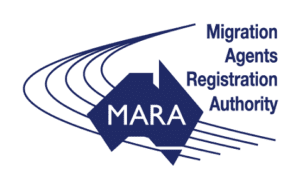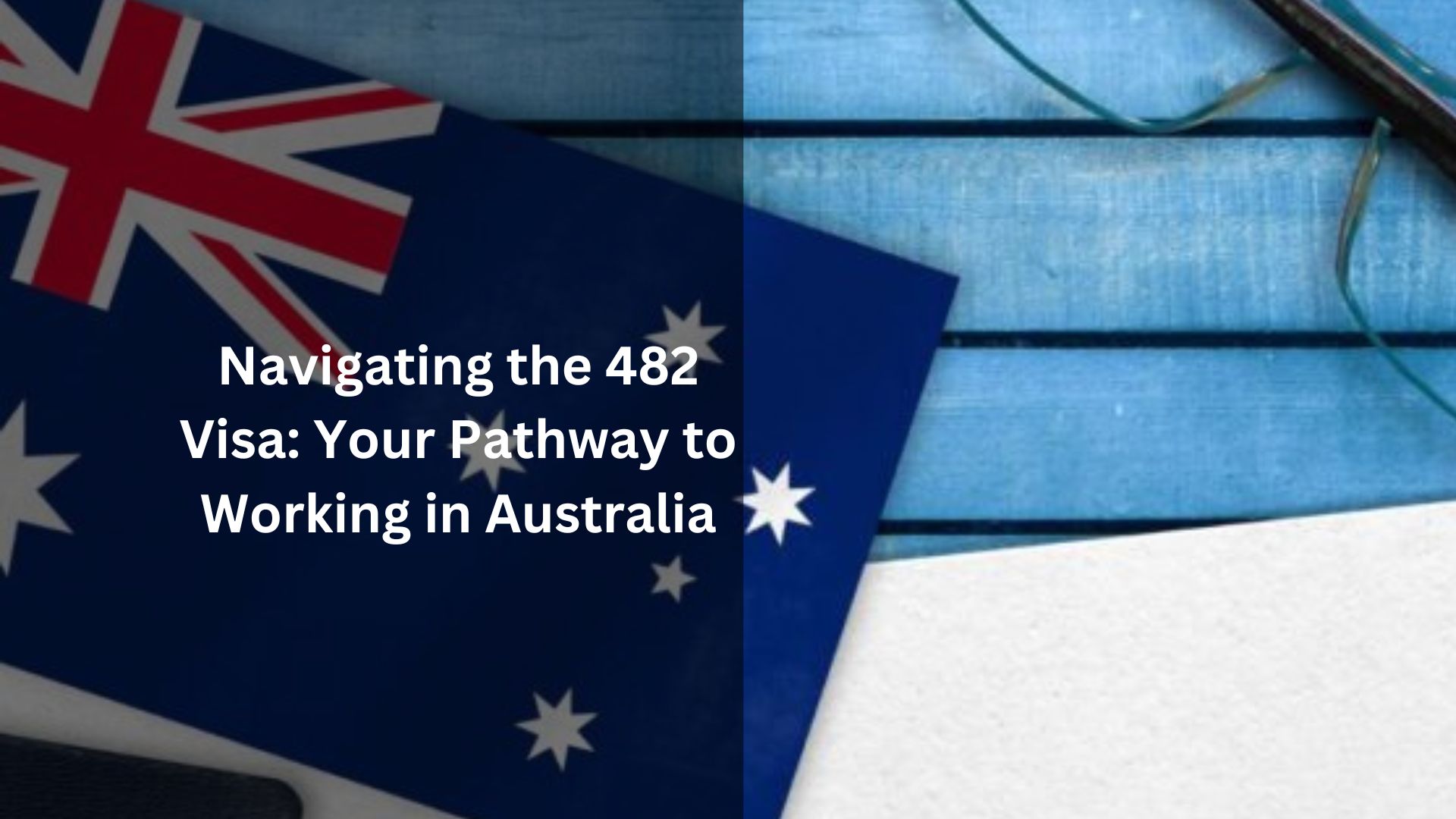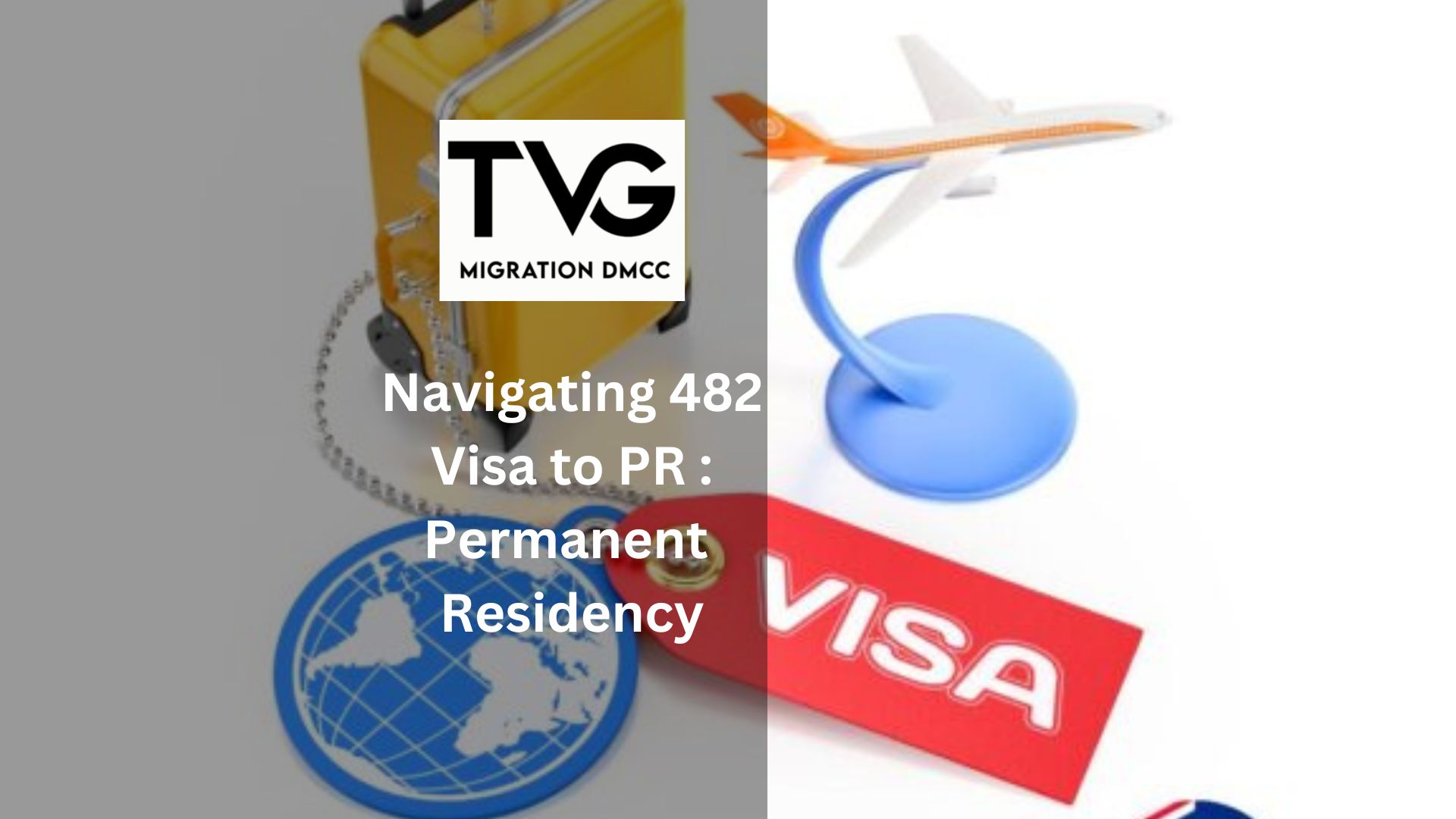One of the most important ways for talented people to enter Australia to fill specific skill shortages is through the Subclass 482 Visa, commonly called the Temporary Skill Shortage (TSS) Visa. This visa, which went into effect in March 2018, enables skilled workers to be sponsored by an authorized company. Moreover, there are other routes in which the 482 Visa Australia can result in permanent residency in Australia. The Employer Nominated Scheme (ENS) and the General Skilled Migration (GSM) are the two possible pathways. 482 Visa Australia The Australian Department of Home Affairs is lenient with applicants, considering them on an individual basis. More specifically, there’s a significant probability your application for permanent residency through the 186 TRT stream will still be taken into consideration if you’re less than four days away from finishing two years with your supporting employer. In an effort to be as inclusive as possible, this policy offers a small grace period to individuals who have just missed the cut because of unforeseen delays. The Temporary Skill Shortage Visa 482 is a necessary element of Australia Migration Program as it allows highly skilled individuals to fill the gaps in the labor market temporarily. Holders of TSS visas are only permitted to work for the sponsoring employer listed on the visa, and they are also required to have health insurance while they are in Australia. 482 Visa Requirements To be eligible to go through the Temporary Resident Transition (TRT) pathway, both the employer and the visa holder must fulfill certain requirements. The jobs in the Regional Occupation List (ROL), the Medium and Long-Term Strategic Skills List (MLTSSL), and the Short-Term Skilled Occupation List (STSOL) are eligible for the TSS 482 visa. For the nominated occupation to be considered for issuance of a TSS visa, it is imperative that it appears on one of these three lists. A successful nomination is the cornerstone of the 482 Visa process. It involves proving the genuine need for a skilled worker in your business and demonstrating adherence to Australian labor laws, including fair salary and employment conditions. The nomination process also involves Labour Market Testing (LMT), ensuring that the role cannot be filled locally, although certain exemptions apply under international agreements. Visa 482: What do you need to know? For 482 Visa Australia, filing your visa application, which is dependent on having an employer sponsor successfully designate you. Candidates must highlight their appropriate education, training, and professional experience. Important prerequisites include health insurance, fluency in English, and adherence to prior Australian visa restrictions. In order to make sure that the job and the applicant’s motivations match the goals of the visa, it is also crucial to demonstrate the sincere intention to work in the designated occupation. For employers, posting an advertisement for the nominated position within Australia is a crucial stage in the Labor Market Testing (LMT) process. This procedure verifies that there isn’t a qualified Australian candidate available for the position, while there are exceptions for specific roles and under international trade agreements. Conclusion The 482 Visa is unique because it strikes a balance between opportunity, flexibility, and a direct route to permanent residence. Its employer sponsorship requirement solves Australia’s talent shortages while simultaneously helping you land a job before making the major move, so everyone wins. A successful application is possible whether you are starting this journey as an individual or as an organization. Be knowledgeable and seek professional guidance when needed. Australia is waiting for you—are you prepared to go forward?
Home – Best Canada & Australia Immigration Consultant in Dubai
Tag: 482 visa requirements
Navigating 482 Visa to PR Requirements: Your Path to Permanent Residency
Embarking on the journey to permanent residency (PR) in Australia is an exciting and life-changing decision. Whether you’re already on a Temporary Skill Shortage (TSS) visa subclass 482 or exploring your options for immigration, understanding the requirements and process is essential. In this comprehensive guide, we’ll delve into the key requirements for transitioning from a 482 visa to permanent residency and provide insights into Australia’s broader immigration requirements. Understanding the 482 Visa to PR Transition For individuals currently holding a 482 visa, also known as the Temporary Skill Shortage visa, the pathway to permanent residency in Australia is achievable through various streams. The most common route is the Employer Nomination Scheme (ENS) visa subclass 186 and the Regional Sponsored Migration Scheme (RSMS) visa subclass 187. Key Requirements for Australia PR Work Experience: Typically, applicants need to have worked for their sponsoring employer on a 482 visa for a specified period, usually at least three years, to be eligible for PR. Skills Assessment: Depending on the occupation, applicants may need to undergo a skills assessment to demonstrate their qualifications and work experience meet Australian standards. English Language Proficiency: Adequate English language skills are essential for PR eligibility. Applicants may need to undertake an English language test such as IELTS or PTE. Health and Character Checks: All PR applicants must meet health and character requirements, including undergoing medical examinations and obtaining police clearance certificates. Employer Sponsorship: Depending on the PR pathway chosen, applicants may require continued sponsorship from their employer or nomination by a regional employer. Broad Immigration Requirements In addition to the specific requirements for transitioning from a 482 visa to PR, it’s crucial to understand Australia’s broader immigration requirements. These may include factors such as age, education, language proficiency, and points-based assessments for skilled migration visas like the General Skilled Migration (GSM) program. Conclusion Navigating the pathway to permanent residency in Australia requires careful planning, diligence, and understanding of the relevant visa requirements. Whether you’re pursuing PR through employer sponsorship or skilled migration, seeking guidance from experienced migration agents or consultants can streamline the process and increase your chances of success.
Recent News
Canada – One of the safest
How to reduce the risk of
Are You Eligible for the New
Categories
- Australia
- Australia immigration
- Australia Immigration Services
- Australia Perfect Place To Migrate
- Australia PR Consultant AbuDhabi
- Australia Skilled Immigration
- Australia visit visa
- Australia work permit from Dubai
- Australian immigration
- Basic Requirements For Getting A Canada Skilled Immigration Visa
- Best Immigration Consultants in Dubai
- Business
- Canada
- Canada Best Country To Settle
- Canada Express Entry Programe
- canada imigration
- Canada immigration consultants in Dubai
- Canada immigration from Dubai
- Canada PR
- Canada PR from Dubai
- Canada Student Visa
- canada working visa
- Canadian consultancy Services in Dubai
- Express Entry Program
- Express Entry Program in Canada
- How To Apply For Australia PR
- immigration consultancy dubai
- immigration rules in Canada
- Migrate to Canada from Dubai
- Schengen Visa
- student visa
- study in australia
- UAE TO CANADA IMMigration
- Uncategorized
- United States
- Visit Visa
- Work Permit
Tags
Call us anytime during business hours:
Mon-Sun: 10:00 AM to 7:00 PM
Email Us info@tvgmigration.com
IN PARTNERSHIP WITH

REGISTERED WITH RCIC & MARA


Opening Hours
Call us anytime during business hours:
Mon-Sun: 10:00 AM to 7:00 PM
Email Us
info@tvgmigration.com
In partnership with


Registered with IRCC
![]()

©2024. TVG Migration DMCC Copyright | All rights reserved by The Virmani Group



